Melissa Nunez – Opinions and Features Editor
In any given chemistry lab, students donned with safety goggles peer into their bubbling beakers–as substances heat up, they monitor their thermometers, measuring the change quantitatively and record their findings. But as chemistry department chair, Jeffrey Webb, Ph.D. and Jenna Cannata believe, visualizing the shift can have much more of an impact.
By using an infrared camera cell phone attachment, Webb and Cannata, a senior chemistry major, are researching the best way to observe temperature shifts visually, while being able to produce temperature data.
“These cameras, in addition to giving you a visualization of this phenomenon, can get a temperature,” said Webb. “So the idea is, is the temperature this is giving us accurate enough to give us reliable data? Because, from an educational standpoint, it is so much better to visualize something.”
As a former nursing major, Cannata said she made the switch to chemistry after taking a couple courses and finding it was a better fit. Soon thereafter, she said Webb would tell Cannata about his research with Southern alum, Heba Khatib.
“[Webb] was telling me about [the research] and I thought it was interesting, so [Webb] was like, ‘why don’t you come by and work with Heba a little bit, see if you like it,’” said Cannata. “I thought it was so interesting, so new and creative.”
Cannata began assisting the two with their research, but upon Khatib’s graduation in Spring 2016, she became more involved: working long hours in the chemistry lab with Webb, perfecting the experiment until their margin of error closely resembled that of average temperature findings, with a 12 to 13 percent error margin compared to 10 percent from a thermometer, according to Webb.
“We run the normal [experiment] with just a thermometer, we get roughly about ten percent, so we’re definitely in the ballpark of what the normal lab is, which is what the goal of the whole project was,” said Webb. “I’d love to get it better, obviously. But if it’s not better, if we could get it in the same ballpark. If the normal is 10 percent and we are off by 12, yes scientist care about stuff like that. We feel like the win educationally, from being able to visualize it, sort of offsets the extra percentage or two that might be off.”
By analyzing the temperature shift of an acid base neutralization reaction, with hydrochloric acid being added to sodium chloride, in a large styrofoam cup, paired with a styrofoam lid, topped with a hole large enough to accommodate a cellphone camera but small enough to conserve heat, Webb and Cannata have been able to visually capture temperature changes while simultaneously recording reliable data.
[youtube https://www.youtube.com/watch?v=IWi55ue25Ro?rel=0]
Webb said the experiment is significant in that, until recently, infrared cameras were too expensive for labs acquire and use, but given the newer, more cost efficient technology, such as the cell phone attachments, they are able to adapt the technology creatively and produce reliable data.
Webb added since their experiment is cost efficient and simple to replicate, high school science labs can acquire the equipment and repeat the experiment themselves.
“Anybody who has ever seen it goes, ‘woah that’s cool,’” said Webb. “There’s a lot of publications about people using technology in a lab, people using cellphones in a lab and visualizations, we are trying to combine these things all together. To say, ‘alright you brought your cellphone in, let’s use it. Stop messing around on Facebook, let’s use it to collect some data and to take a cool picture.’ You see [the experiment], it’s red and then you put something in, it turns bright yellow and then you see it cool off and all come to equilibrium.”
Before Webb and Cannata can publish their findings, they would like to have another group repeat their experiment to secure their findings and ensure authenticity, but Webb and Cannata said they expect to duplicate the experiment and seek out publication all within the next year and a half.
Photo Courtesy: Jeffrey Webb

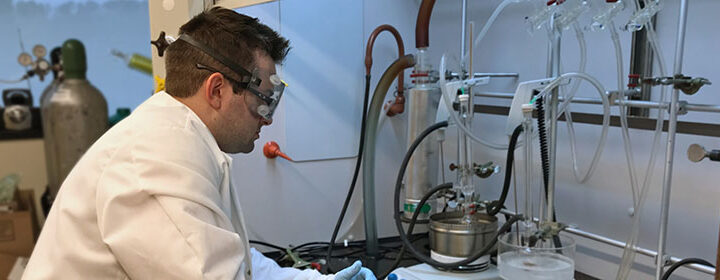
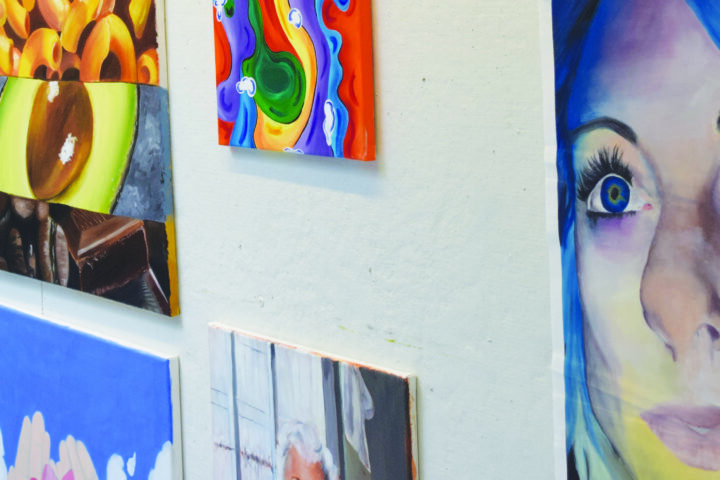
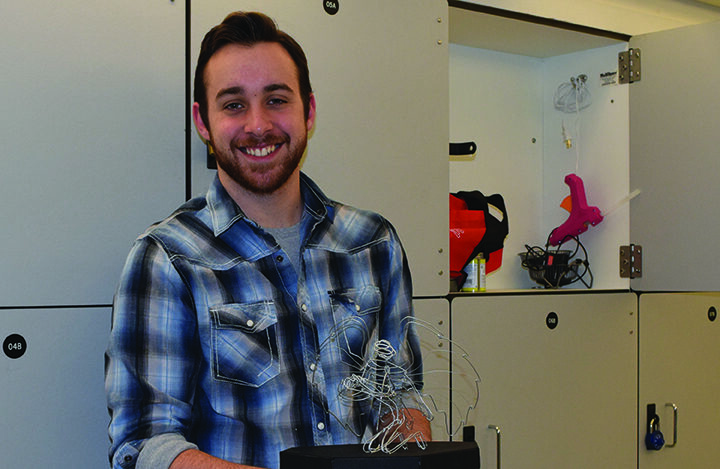





















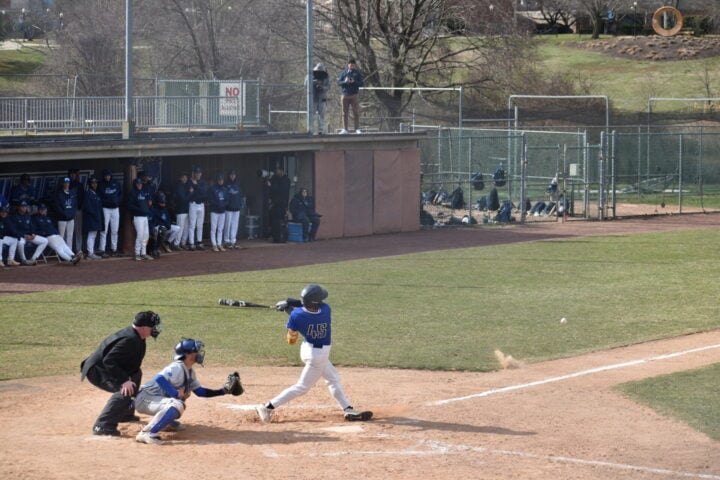
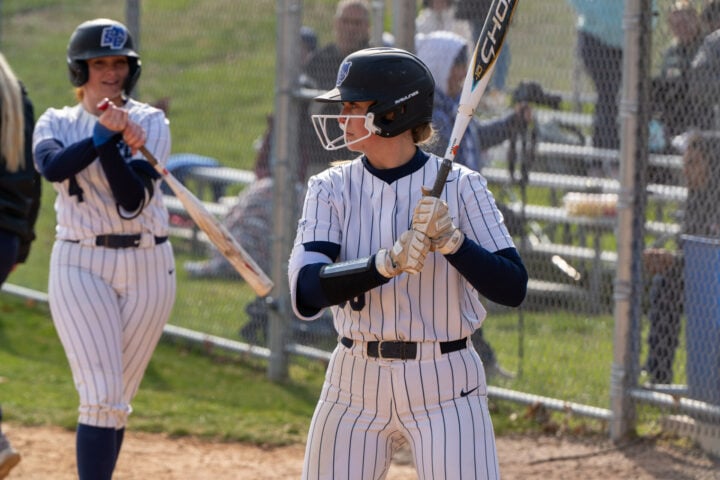
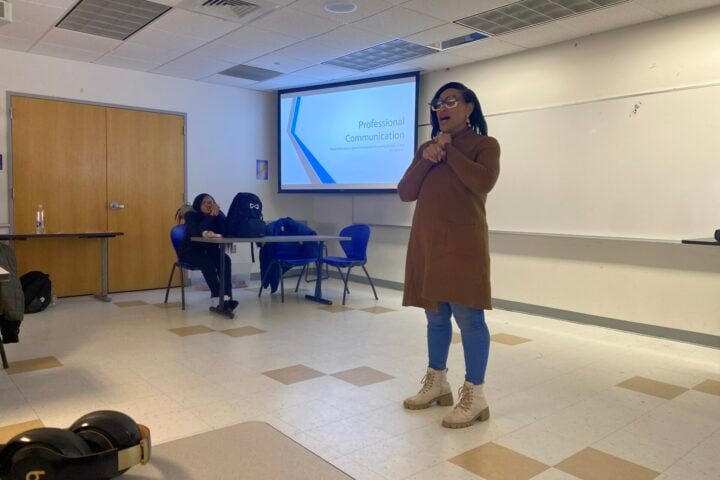
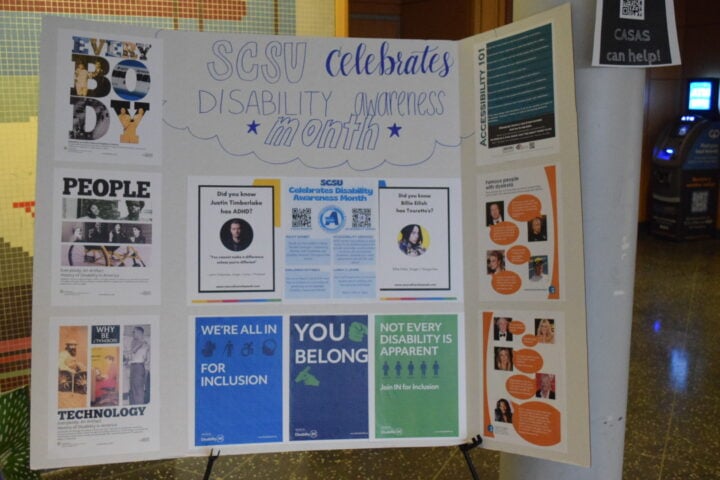
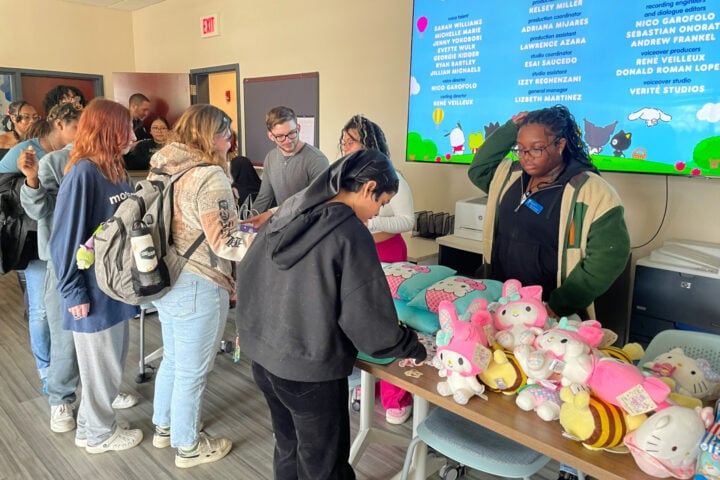
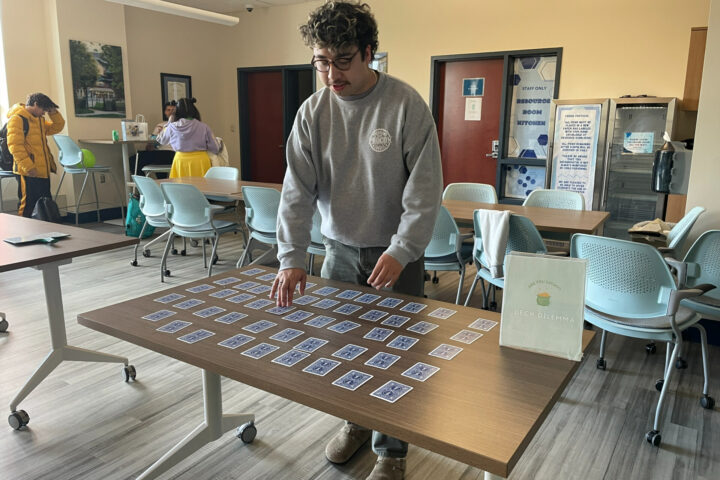
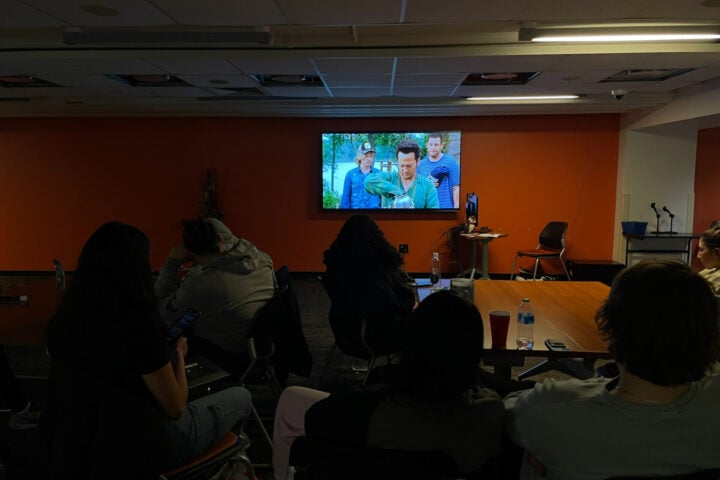
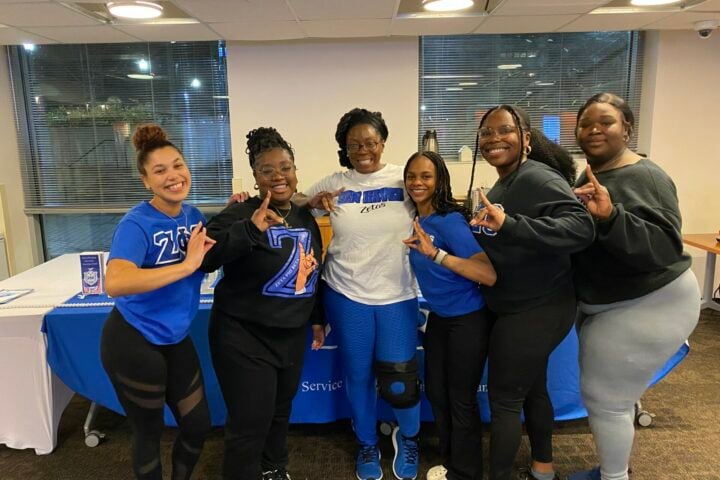
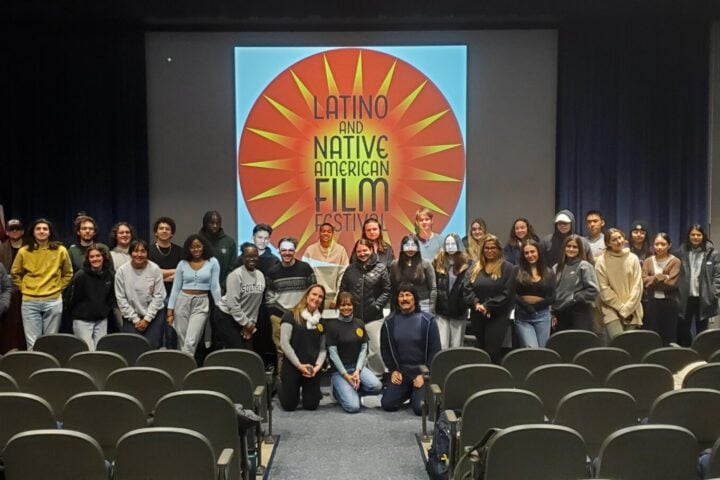
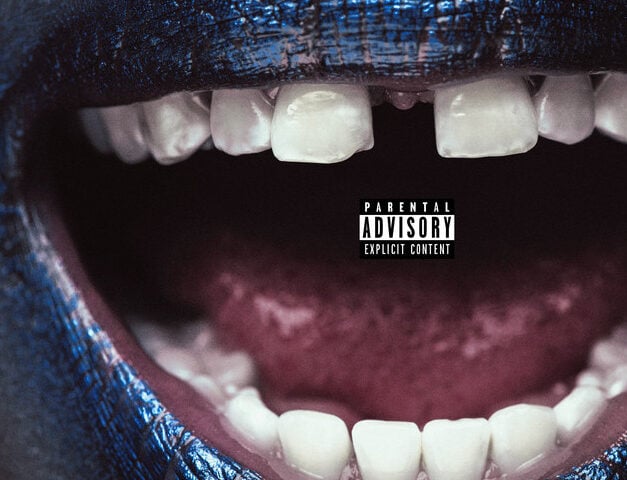
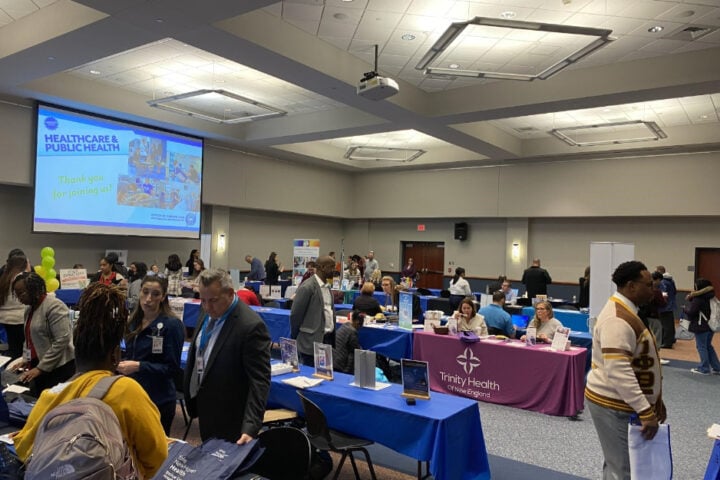
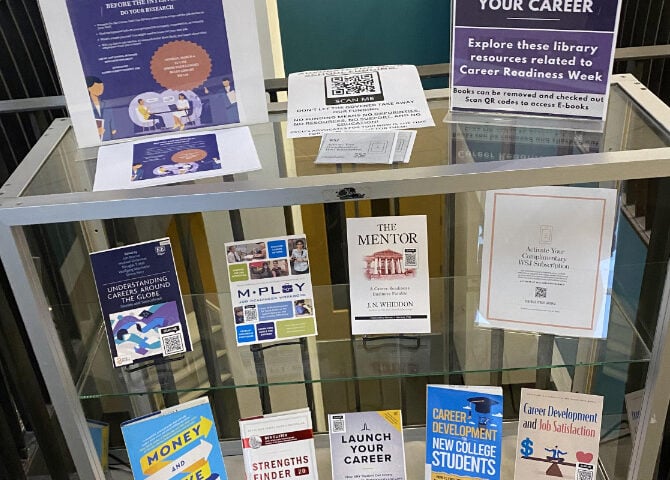
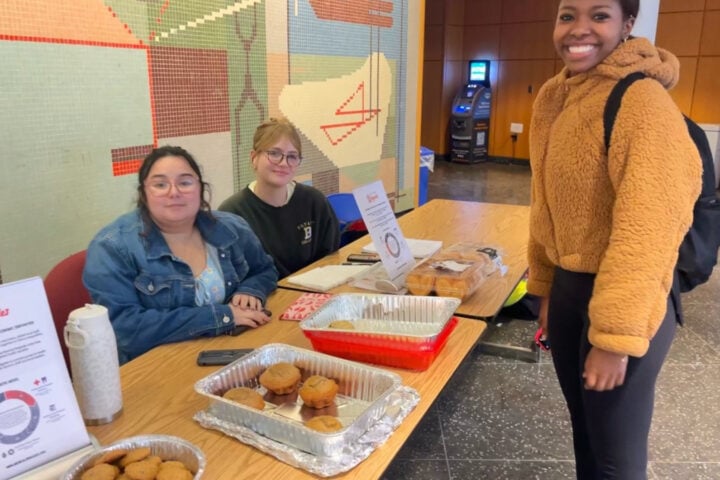
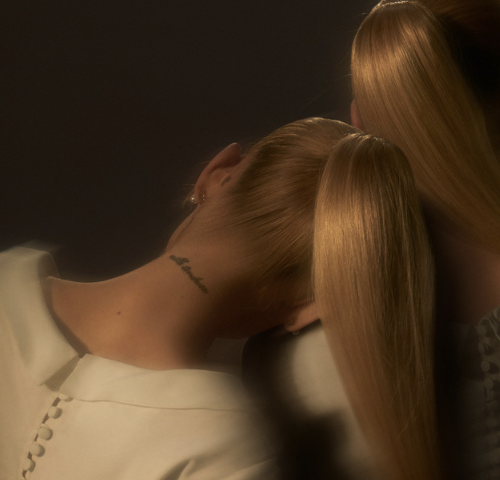
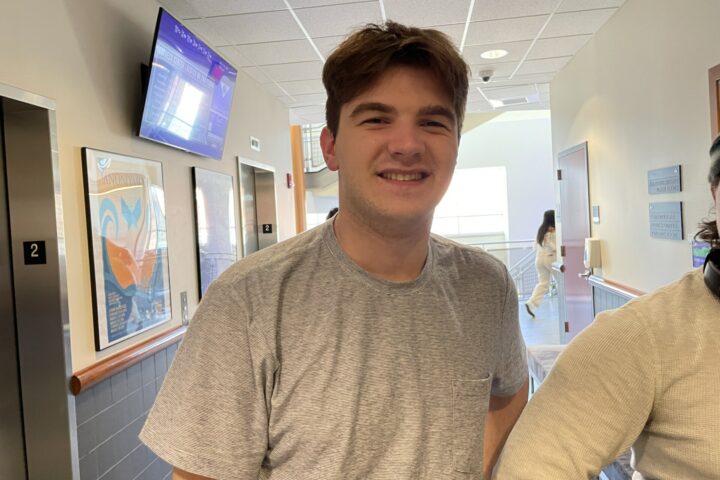
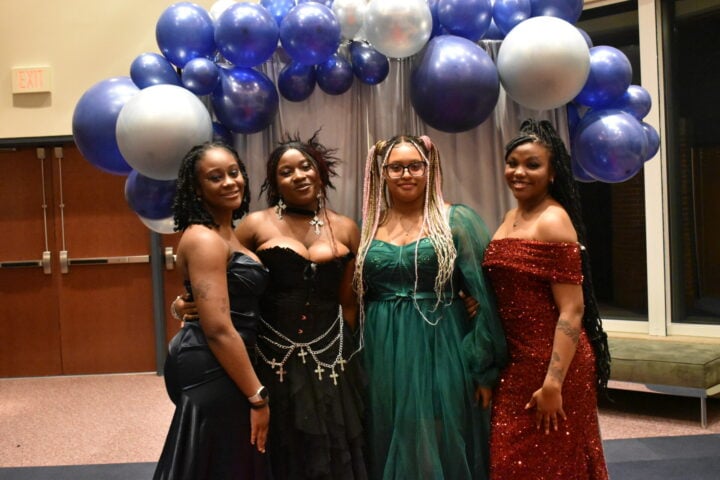
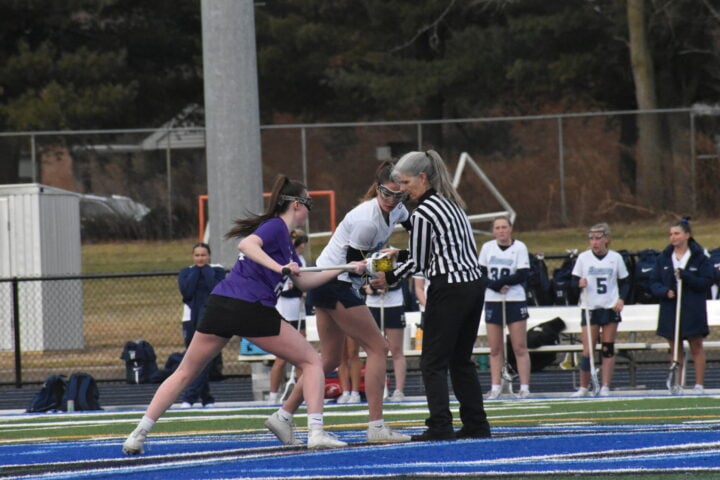
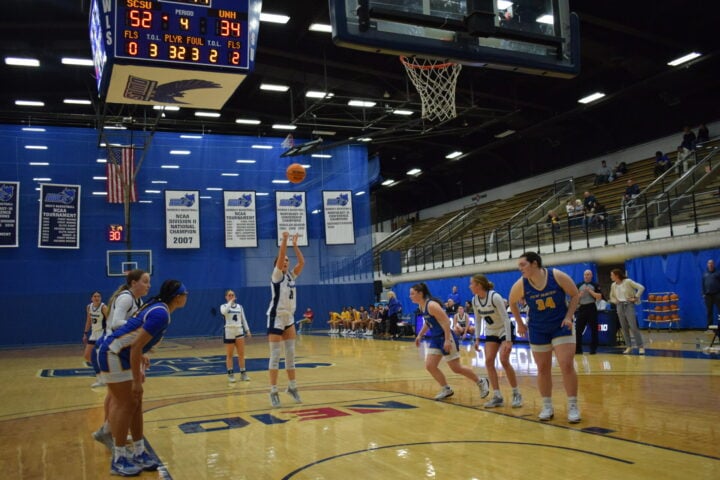
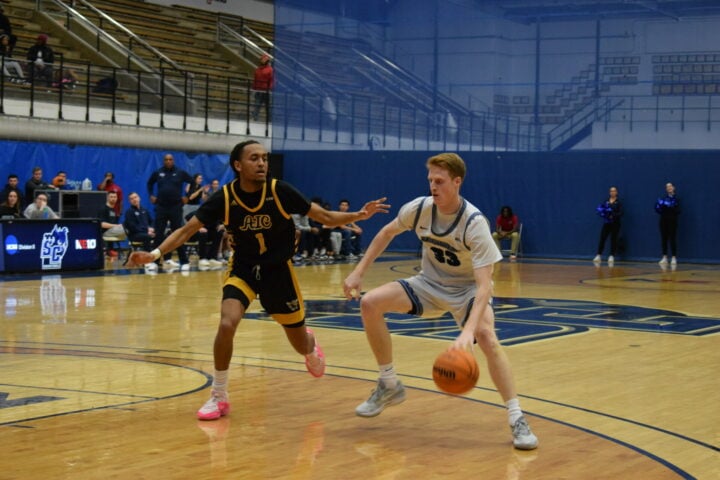
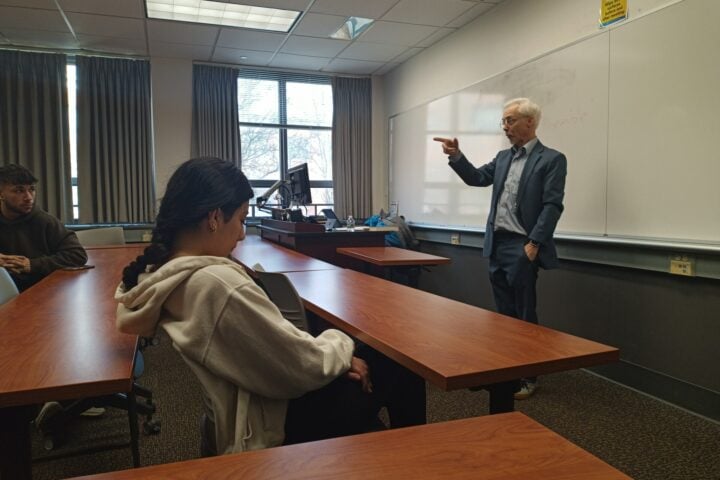
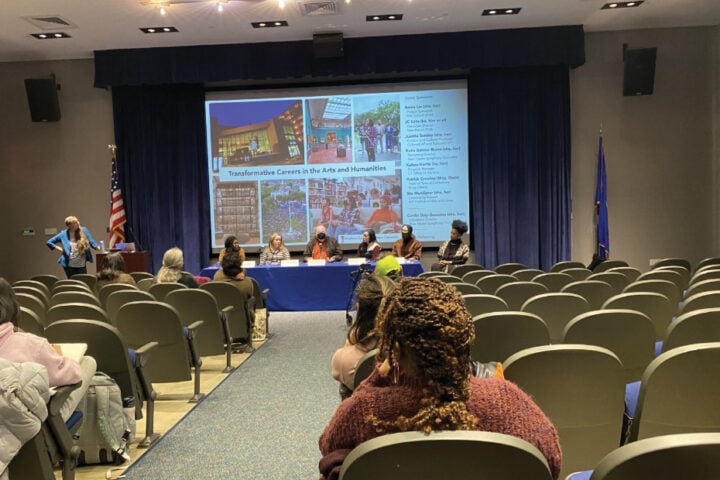
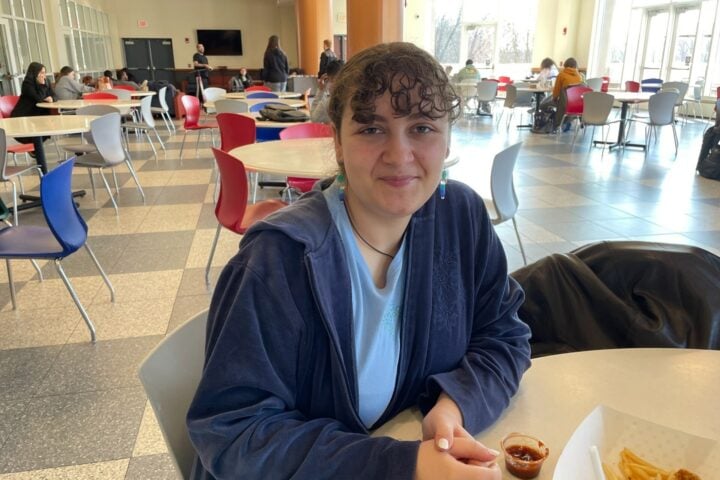
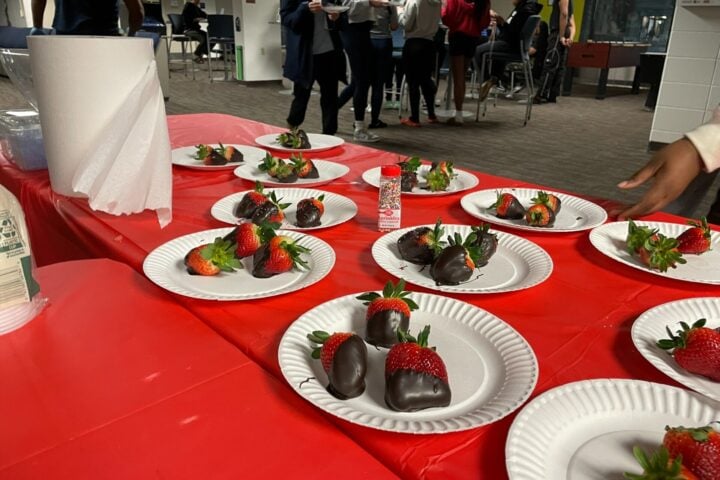
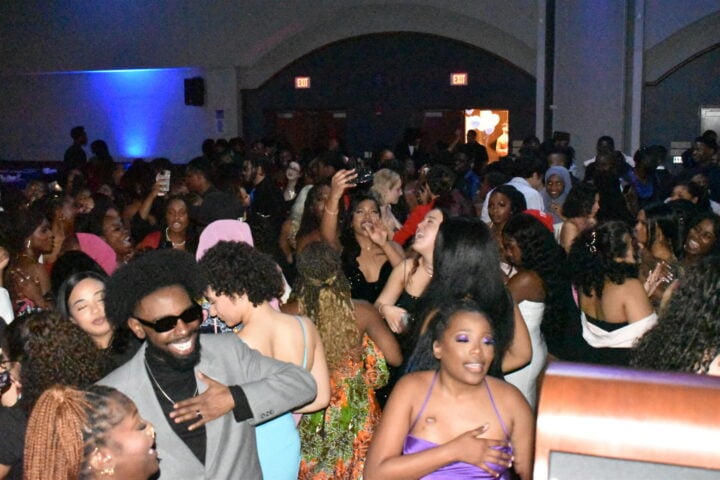
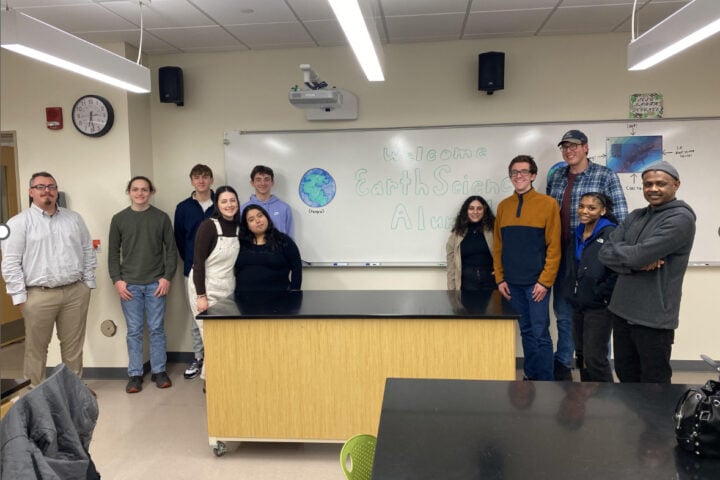
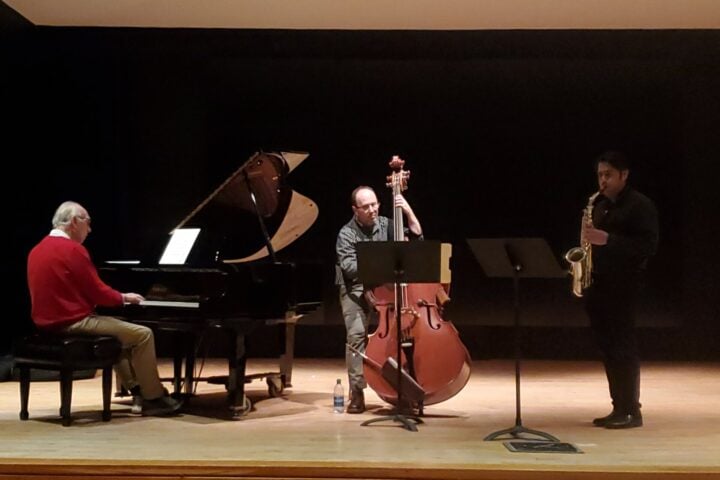
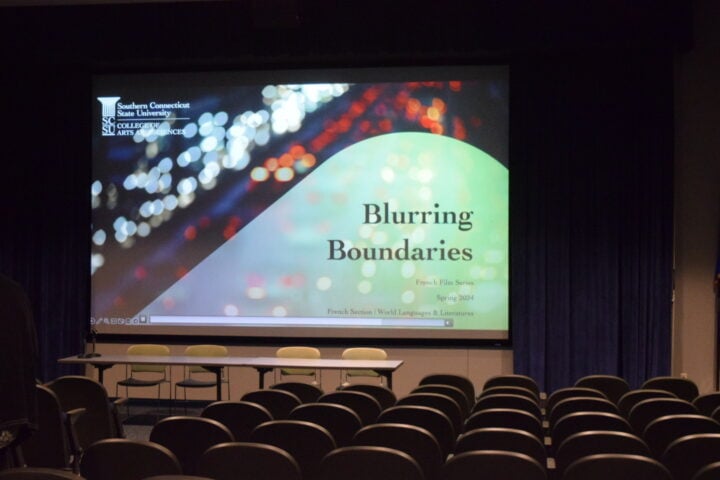
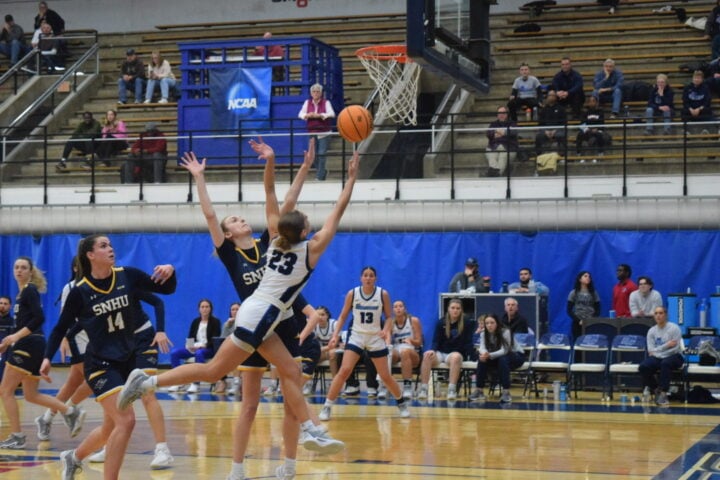
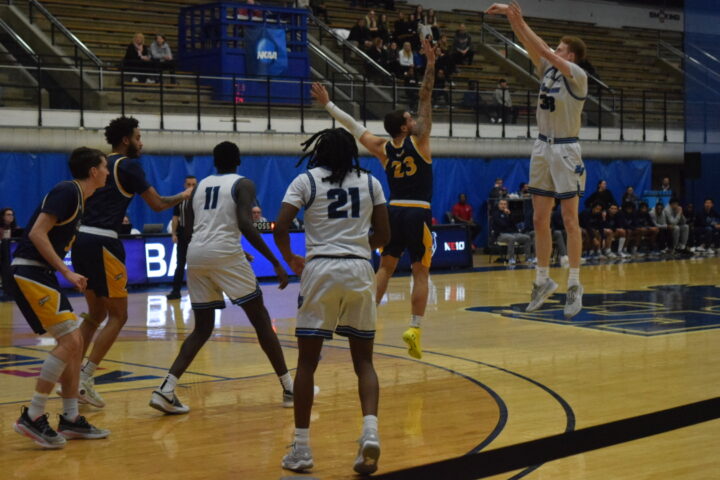
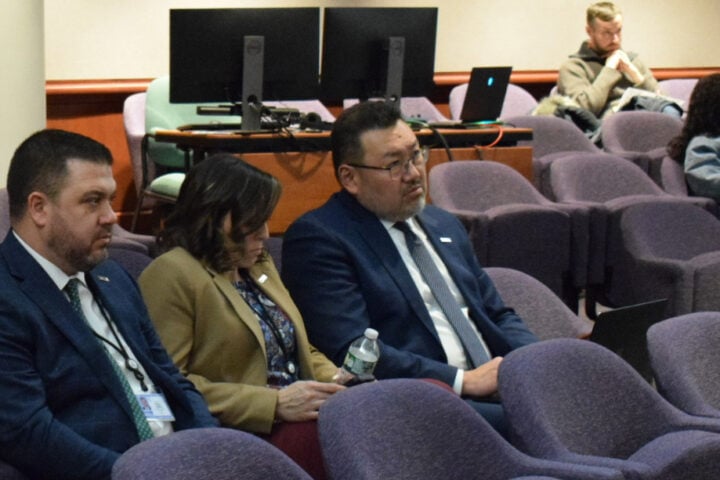
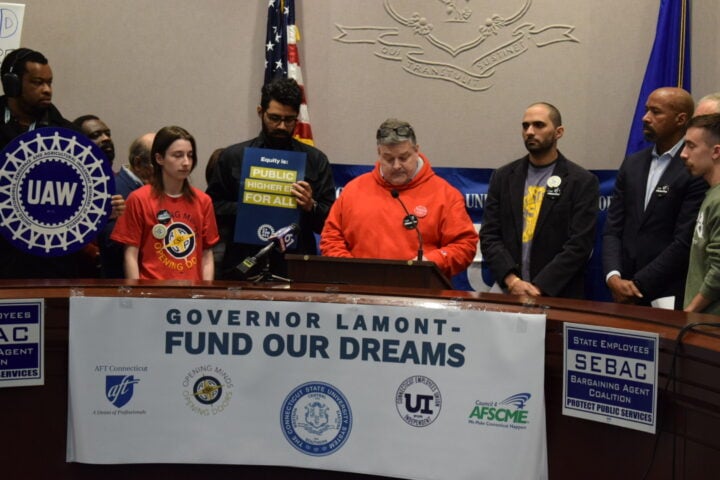
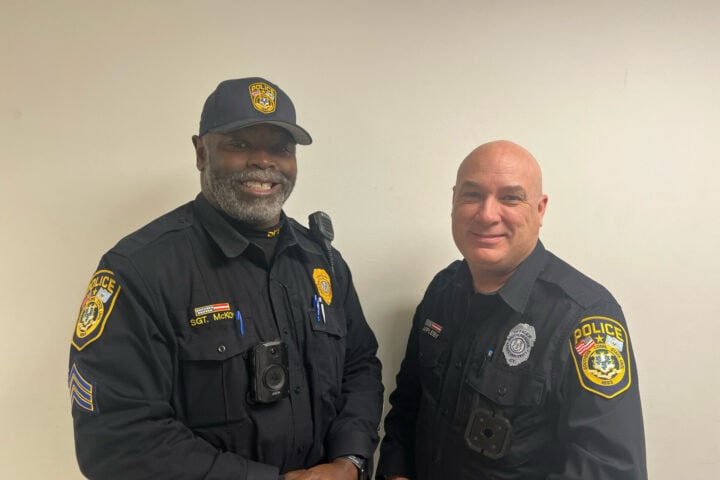
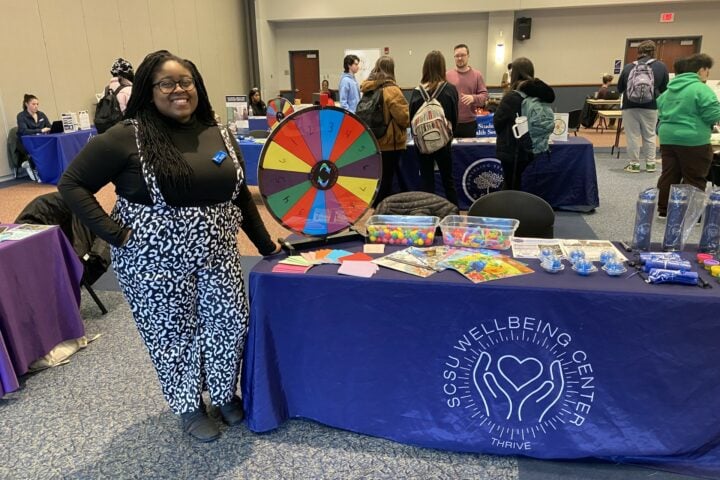
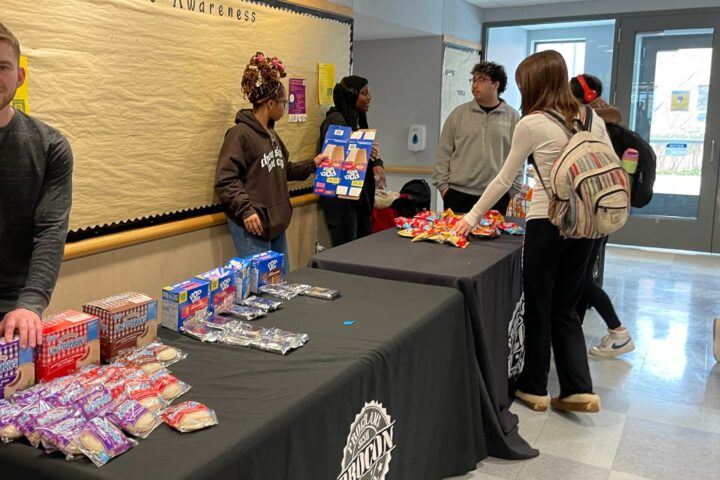
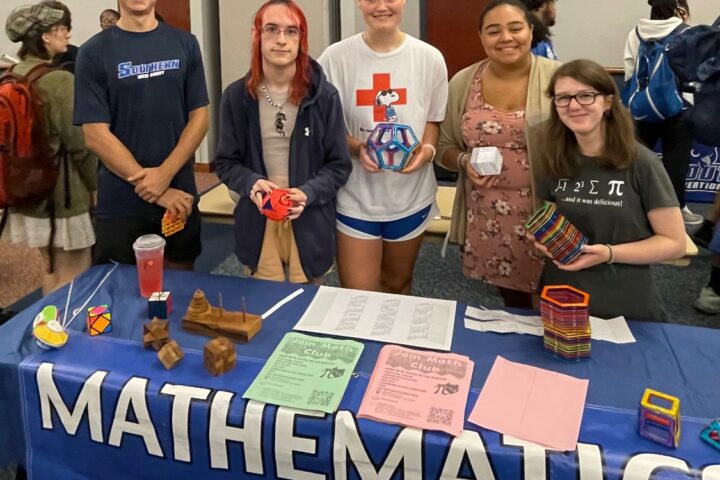
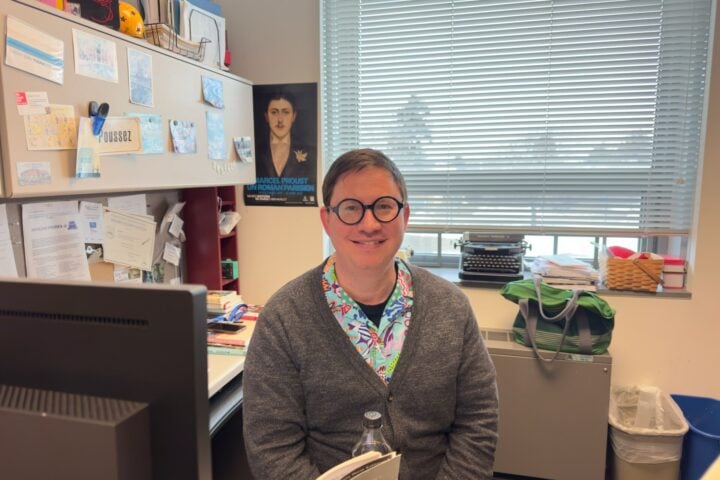
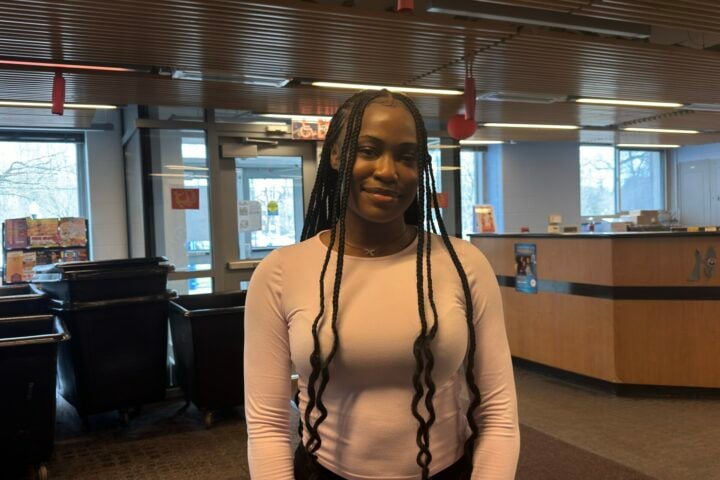
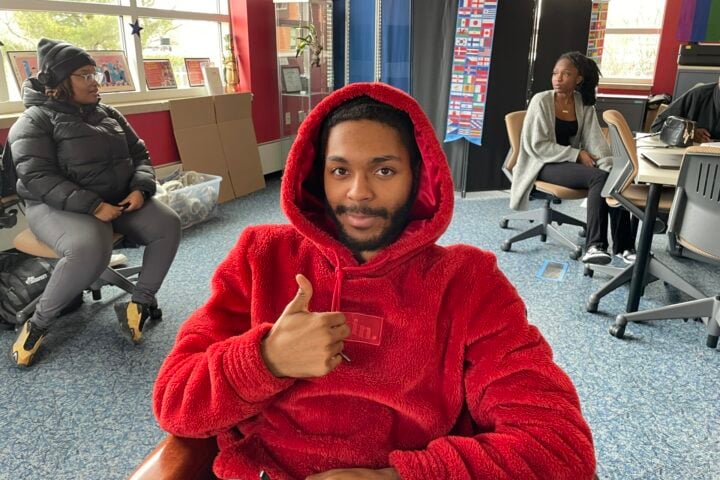
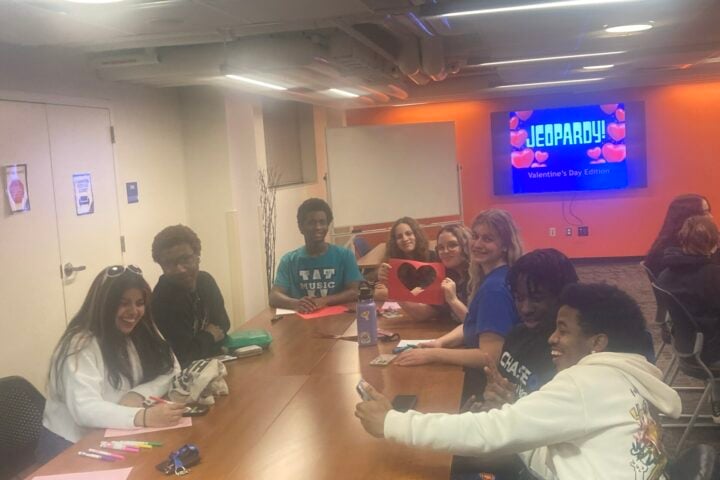

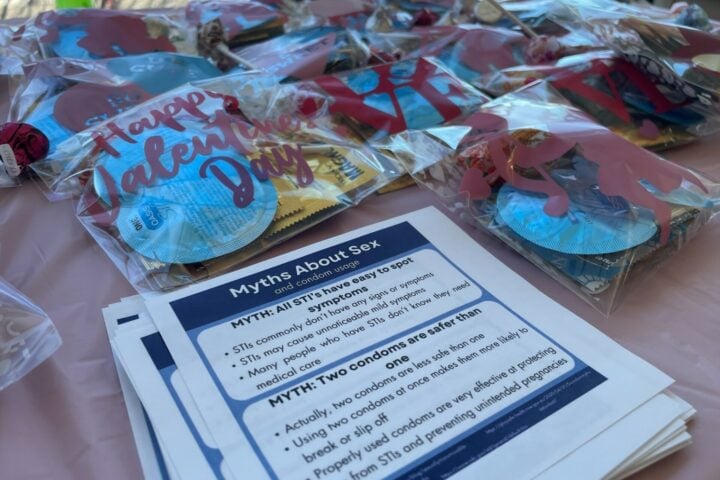
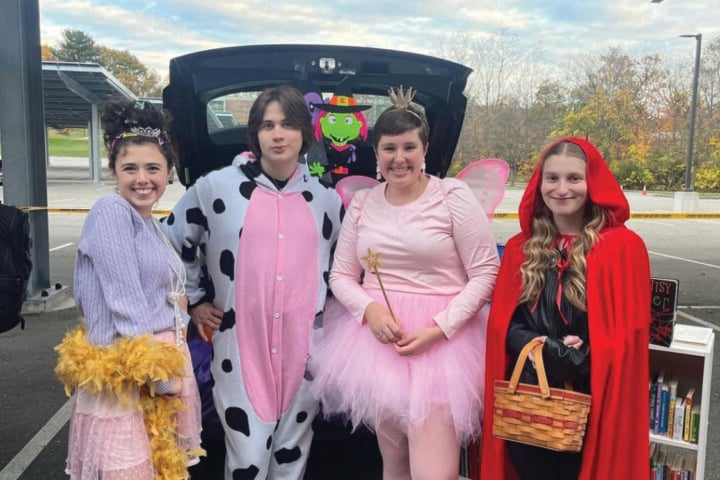
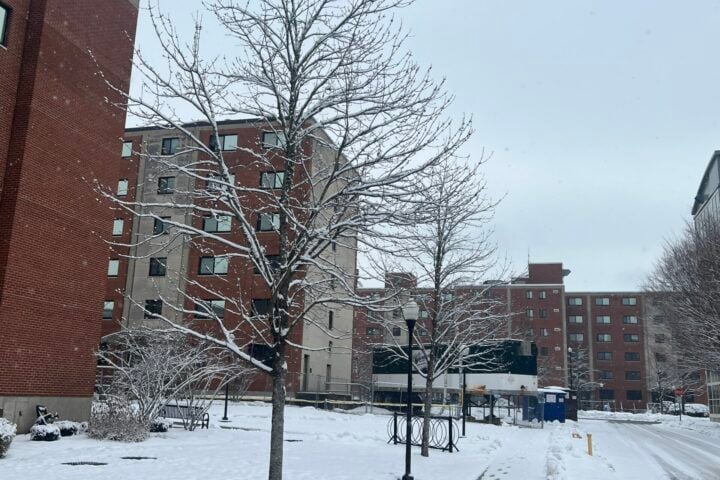
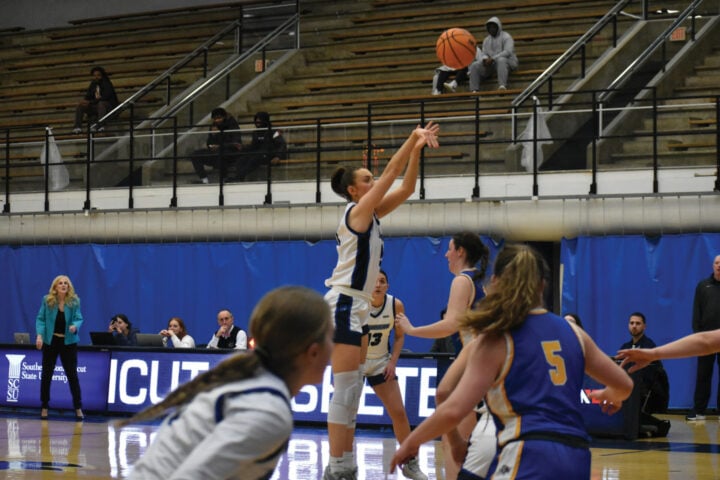
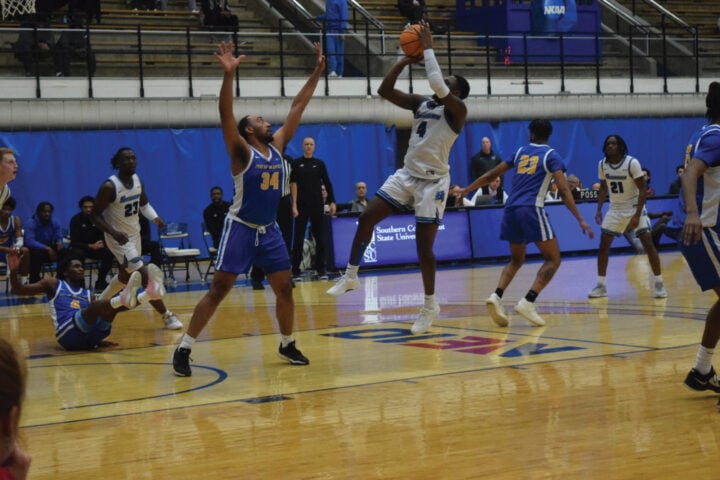
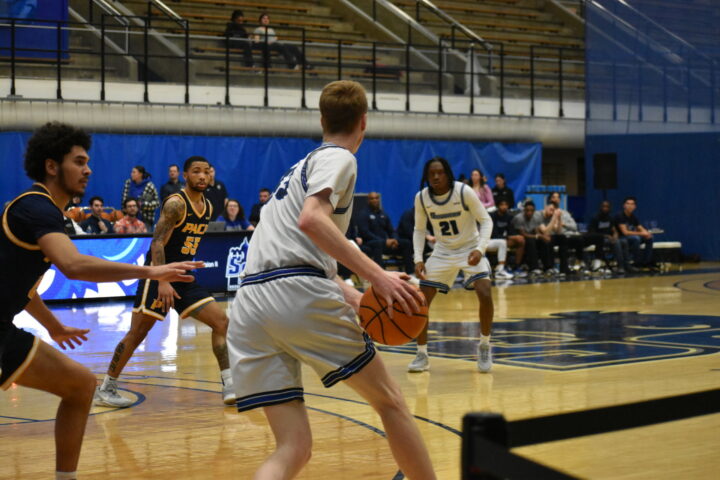
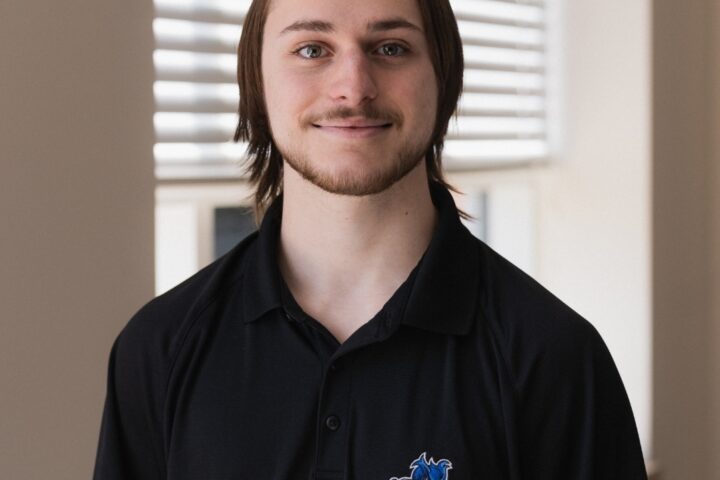
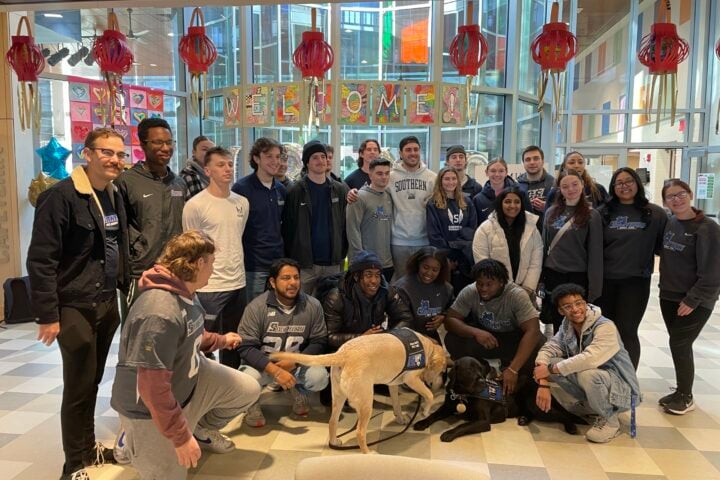
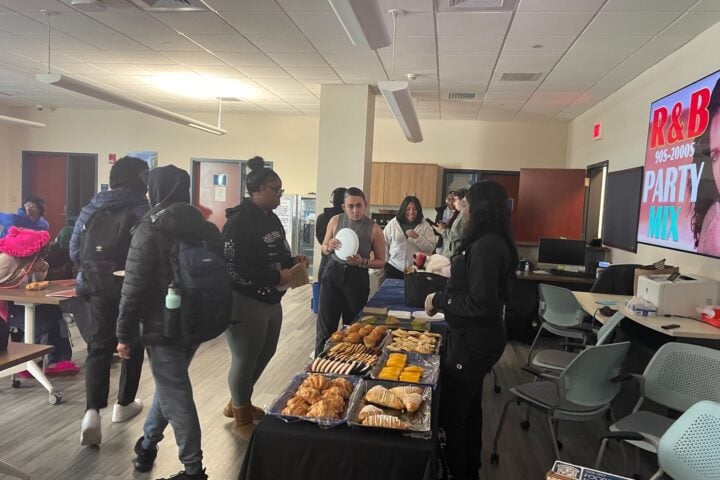
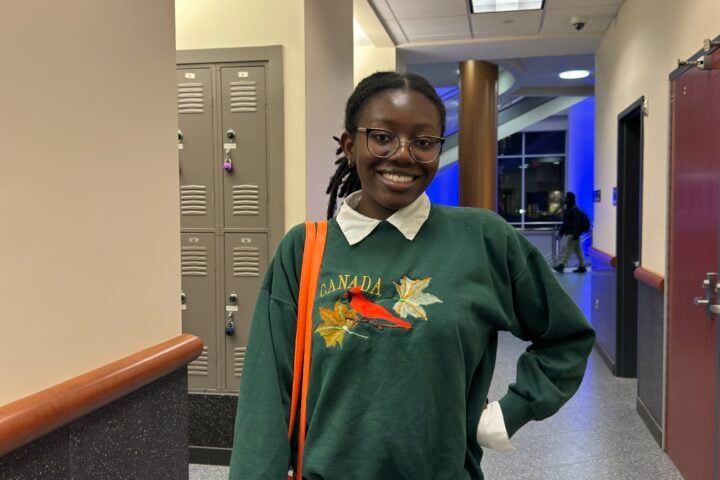
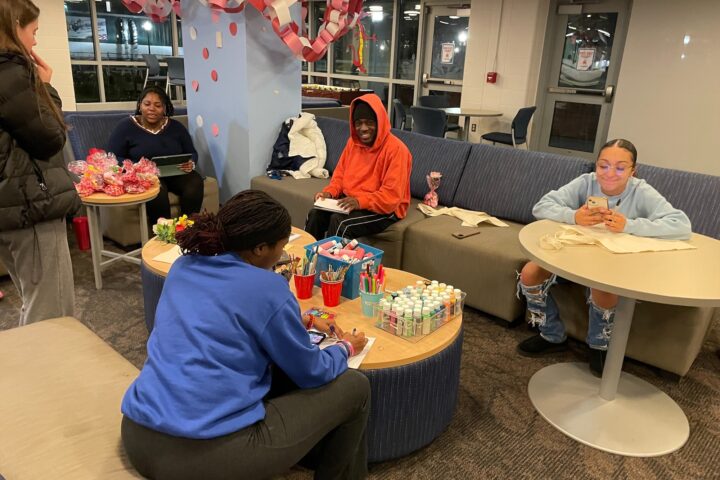
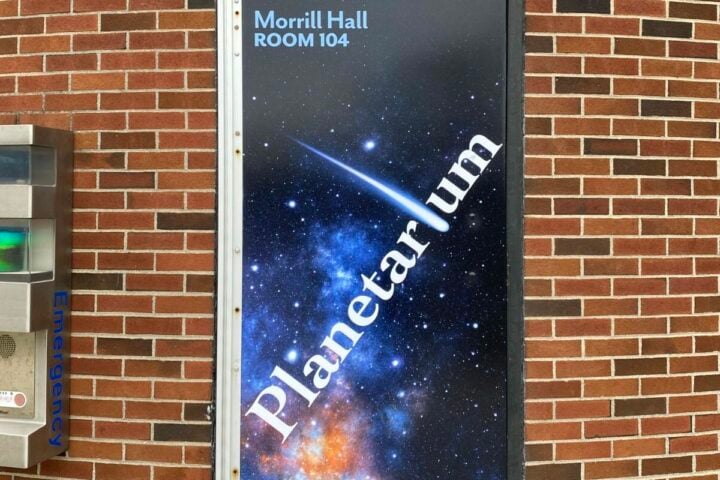
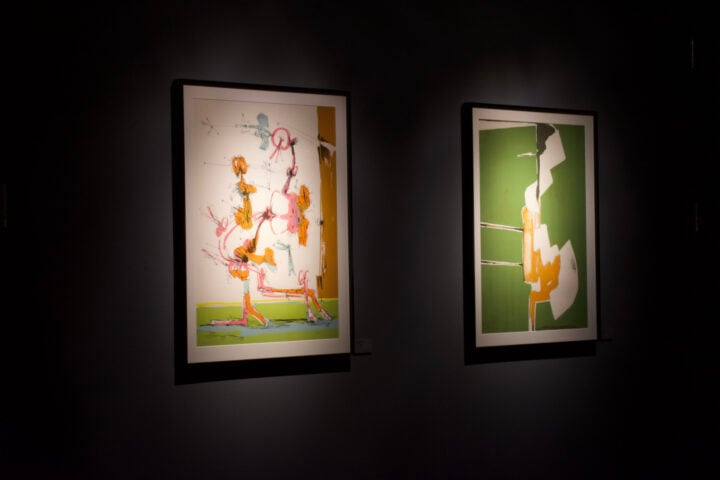
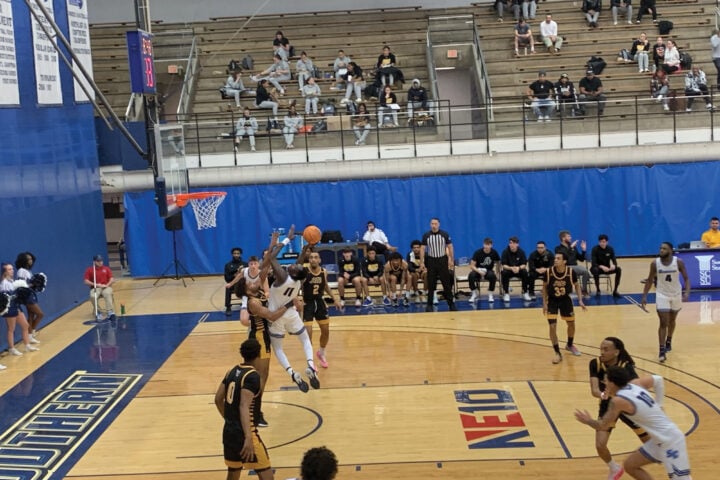
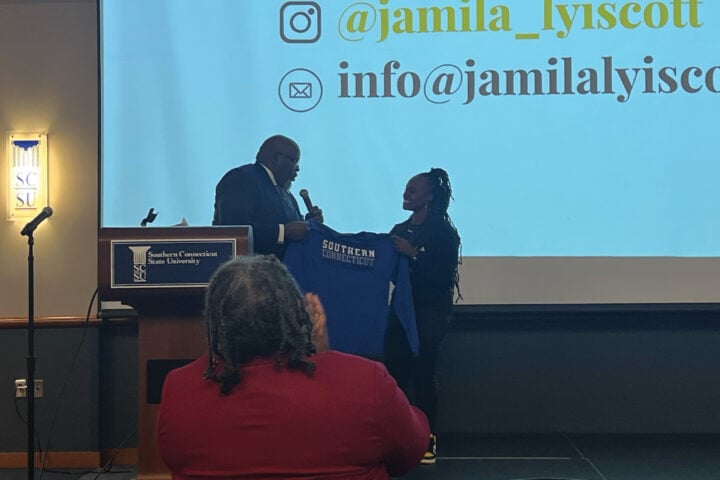
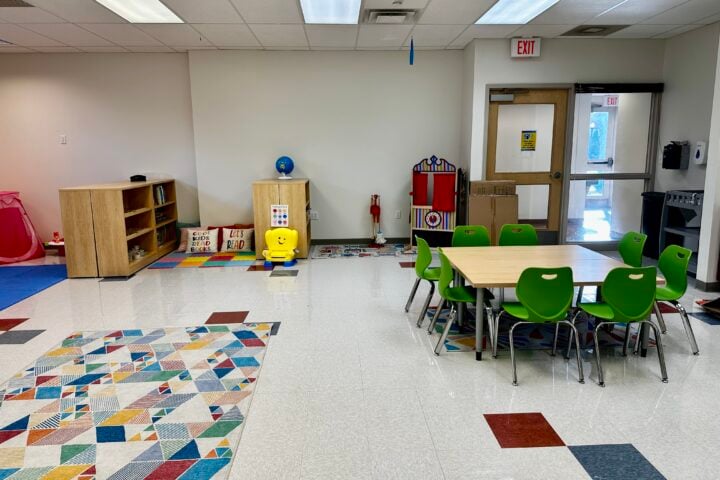
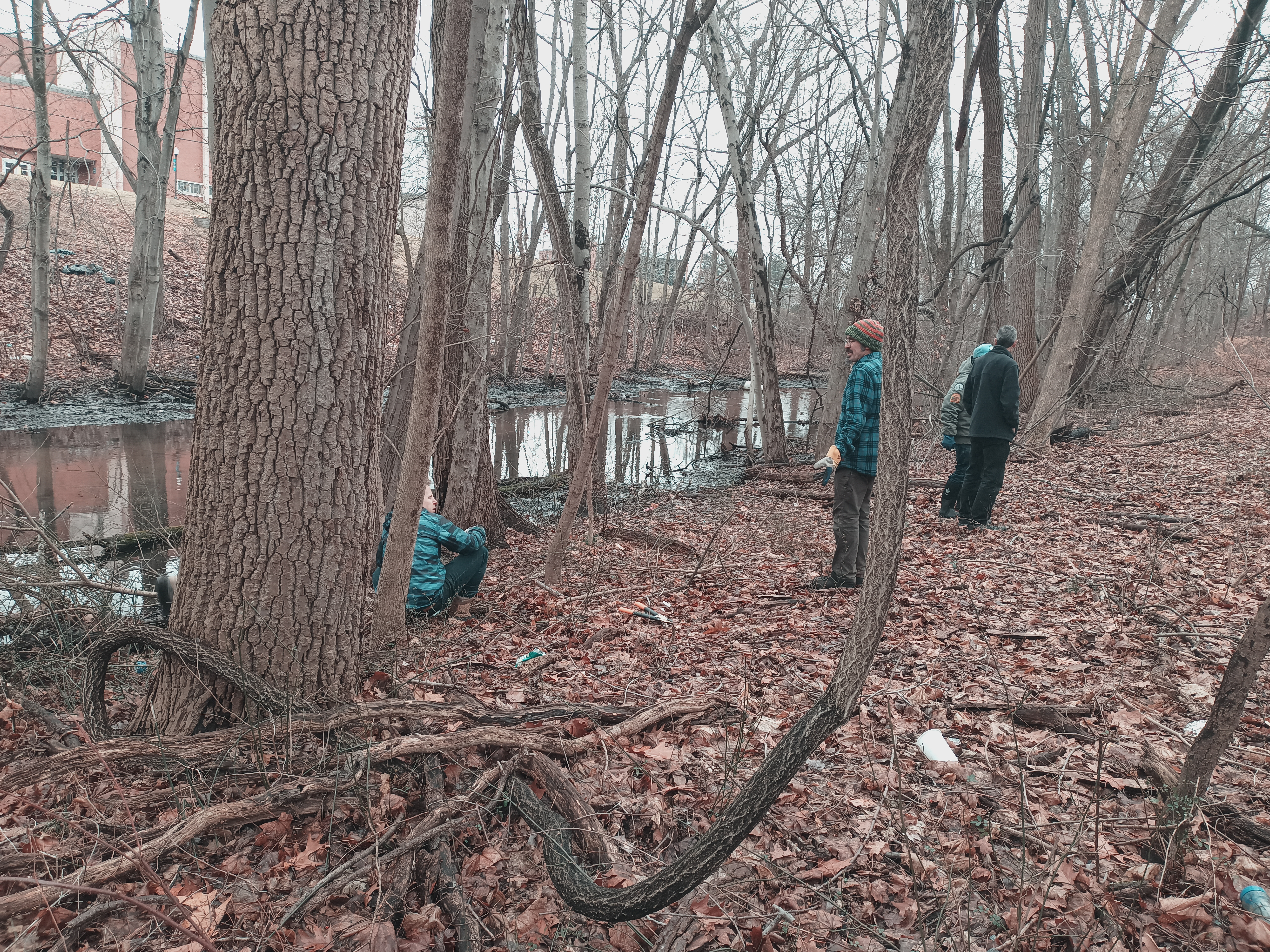
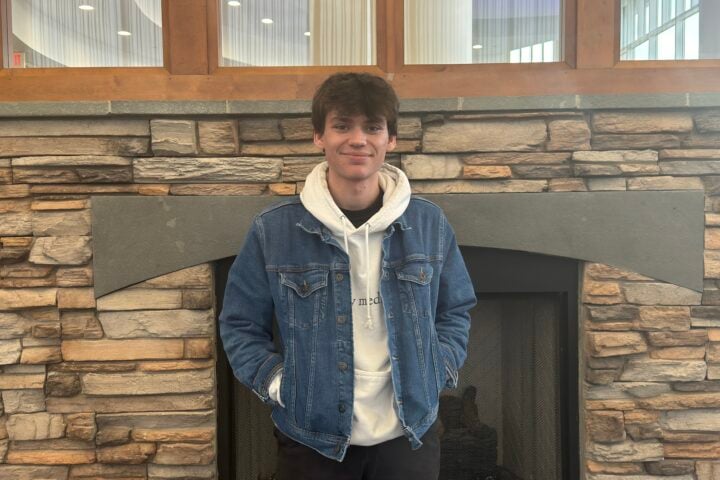
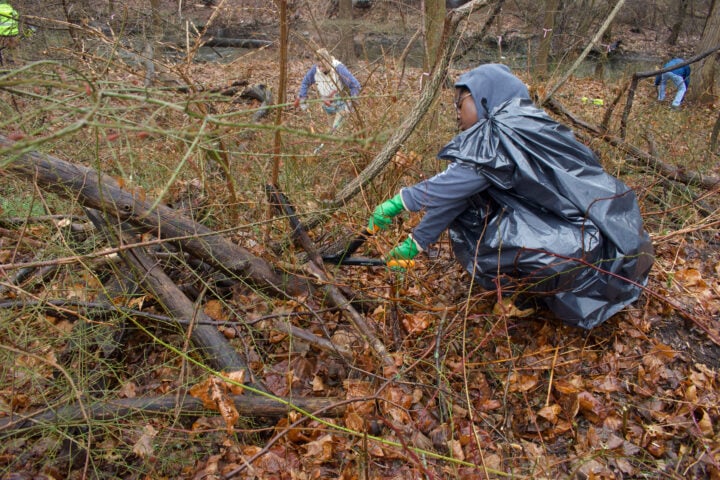
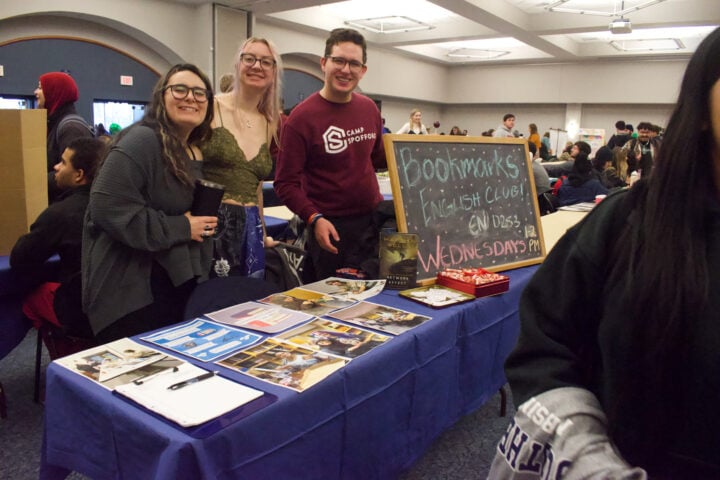
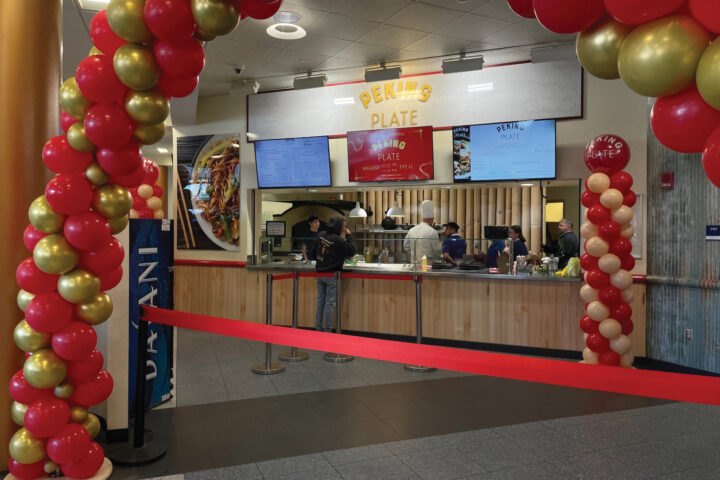
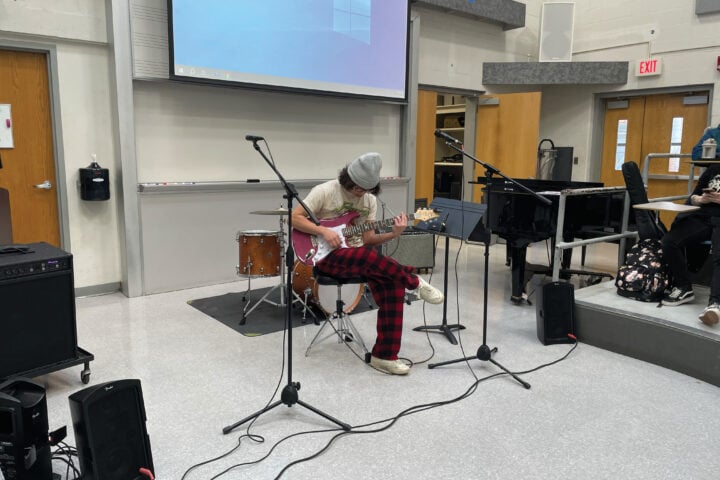
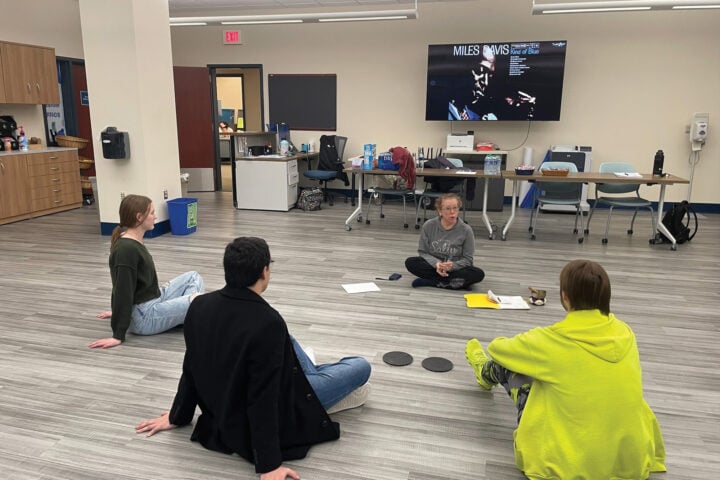
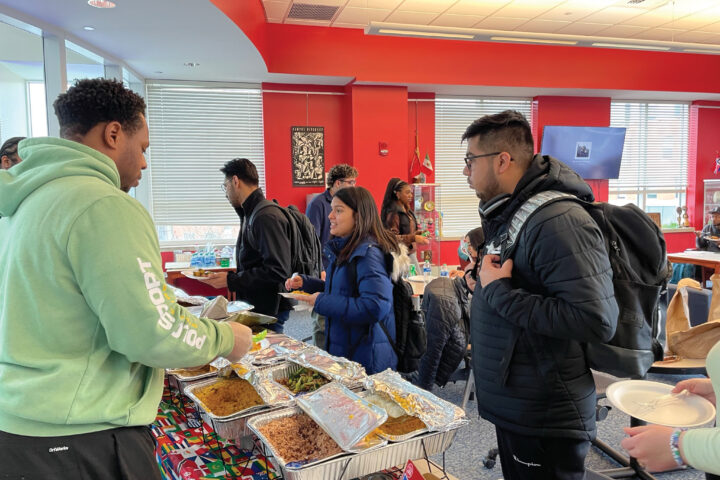
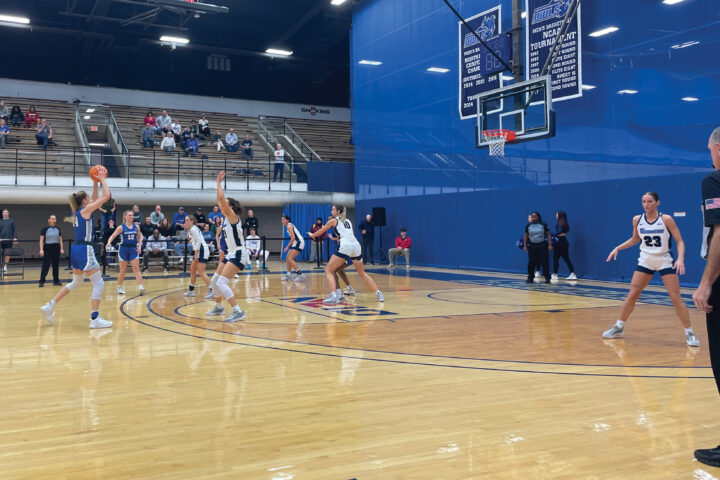
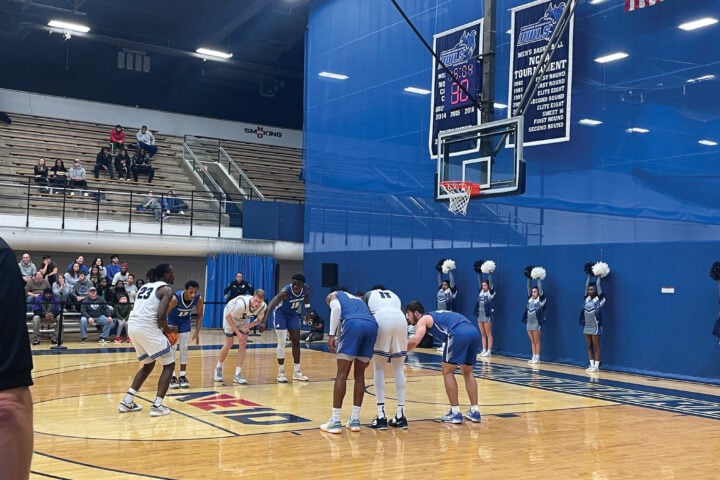
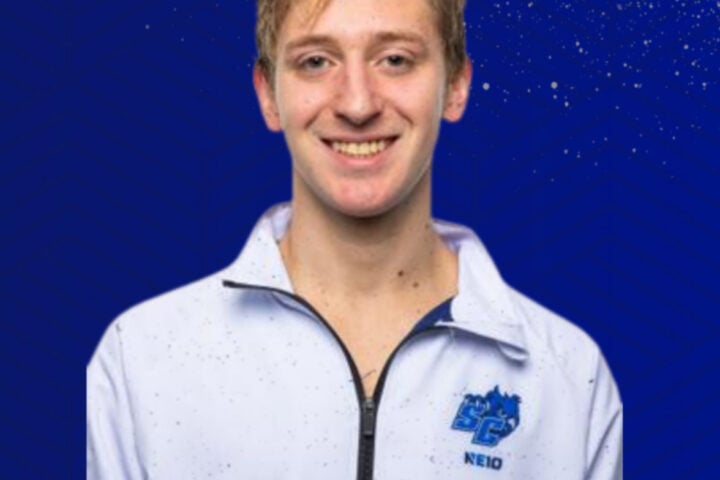

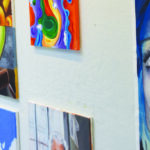
[…] Published: Sept. 10, 2017 […]